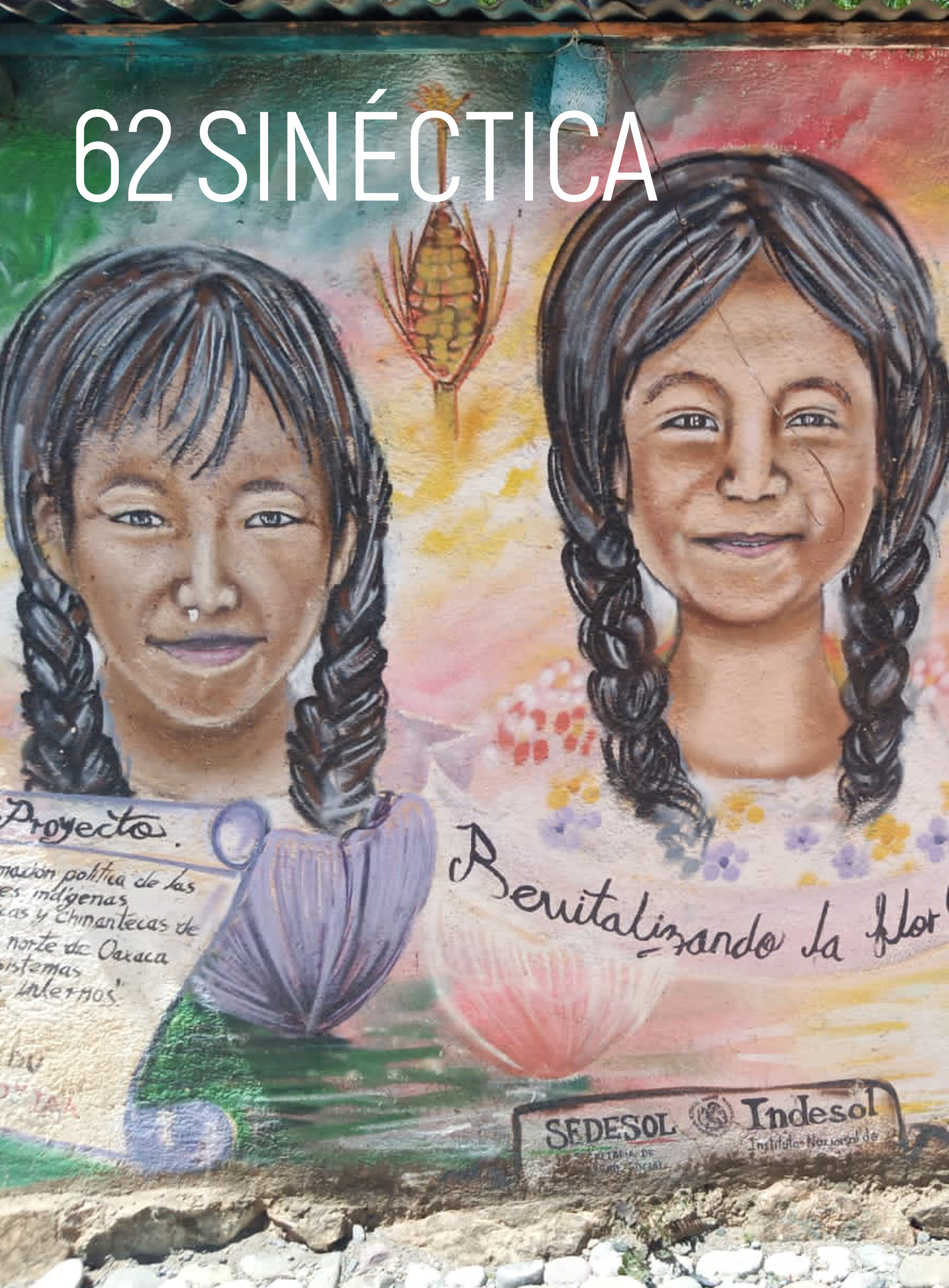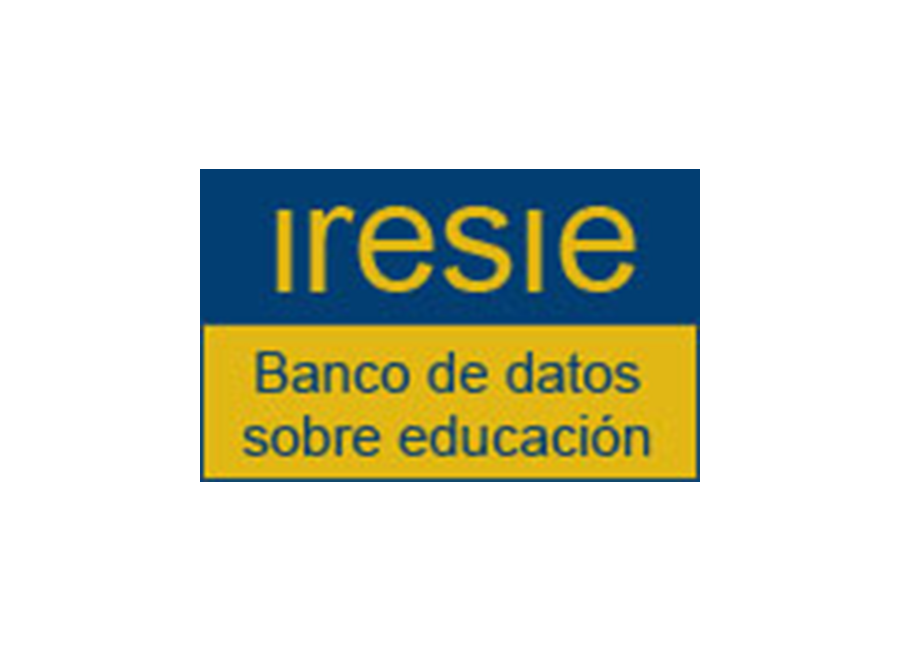La inclusión de las personas con discapacidad en la educación superior en México
Keywords:
educación superior, inclusión educativa, justicia social, personas con discapacidadAbstract
En este artículo, abordamos la inclusión educativa de las personas con discapacidad en el nivel superior. Partimos del supuesto de que la educación terciaria constituye un bien social que, al igual que otros bienes, está sujeta a procesos y criterios de distribución que se fundamentan en diferentes concepciones sobre la justicia social. En México, el tema de la inclusión educativa se incorpora como parte de los discursos, políticas y prácticas educativas hasta principios de este siglo, principalmente, como resultado de los avances que a nivel internacional se habían logrado en esta materia y también por la conformación de una demanda específica de la población con discapacidad. Sin embargo, las políticas educativas en nuestro país se han concentrado de manera fundamental en el nivel básico. Algunas universidades han venido implementando una serie de medidas para atender las necesidades de este sector de la población, aunque no siempre las han logrado integrar como parte de una política institucional. Hasta ahora, no existe ningún programa que favorezca la inclusión de las personas con discapacidad a escala federal.Downloads
References
Como citar este artículo: Pérez-Castro, J. (enero-junio, 2016). La inclusión de las personas con discapacidad en la educación superior en México. Sinéctica, 46. Recuperado de: https://sinectica.iteso.mx/index.php/SINECTICA/article/view/614
Downloads
Published
Issue
Section
License
This work is licensed under a Creative Commons Attribution-NonCommercial 4.0 International license.
Authors who publish in Sinéctica agree to the following terms:
The authors retain copyright and grant the journal the right of first publication of the authorized work simultaneously under a Creative Commons Attribution License, which allows others to share the work as long as both the authorship of the work and the initial publication in this journal are acknowledged.
Authors may enter into additional separate contractual agreements for non-exclusive distribution of the published version of the journal (e.g., publishing in an institutional repository or a book), with acknowledgement of initial publication in this journal.
Authors are allowed to publish their work in institutional repositories or on their own website before and during the submission process, as it may generate productive exchanges, as well as earlier and greater citation of the published work.
Explanatory note: As of 2017 Sinéctica is governed by the Creative Commons Attribution Non-Commercial 3.0 International License, a version that standardizes licenses internationally.
Articles published between 1992 and 2016 are covered by a Creative Commons Attribution-NonCommercial-NoDerivatives 4.0 International license, which allows a work to be shared and distributed non-commercially and with acknowledgement of the author, but prohibits modification of the original creation.






















